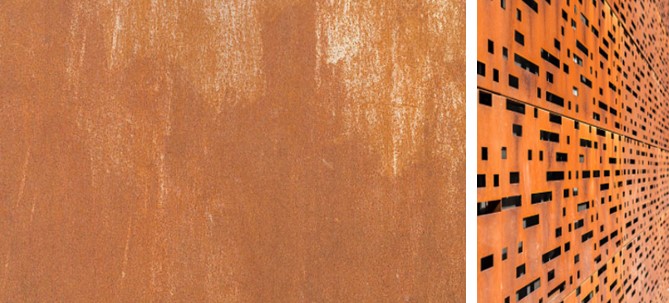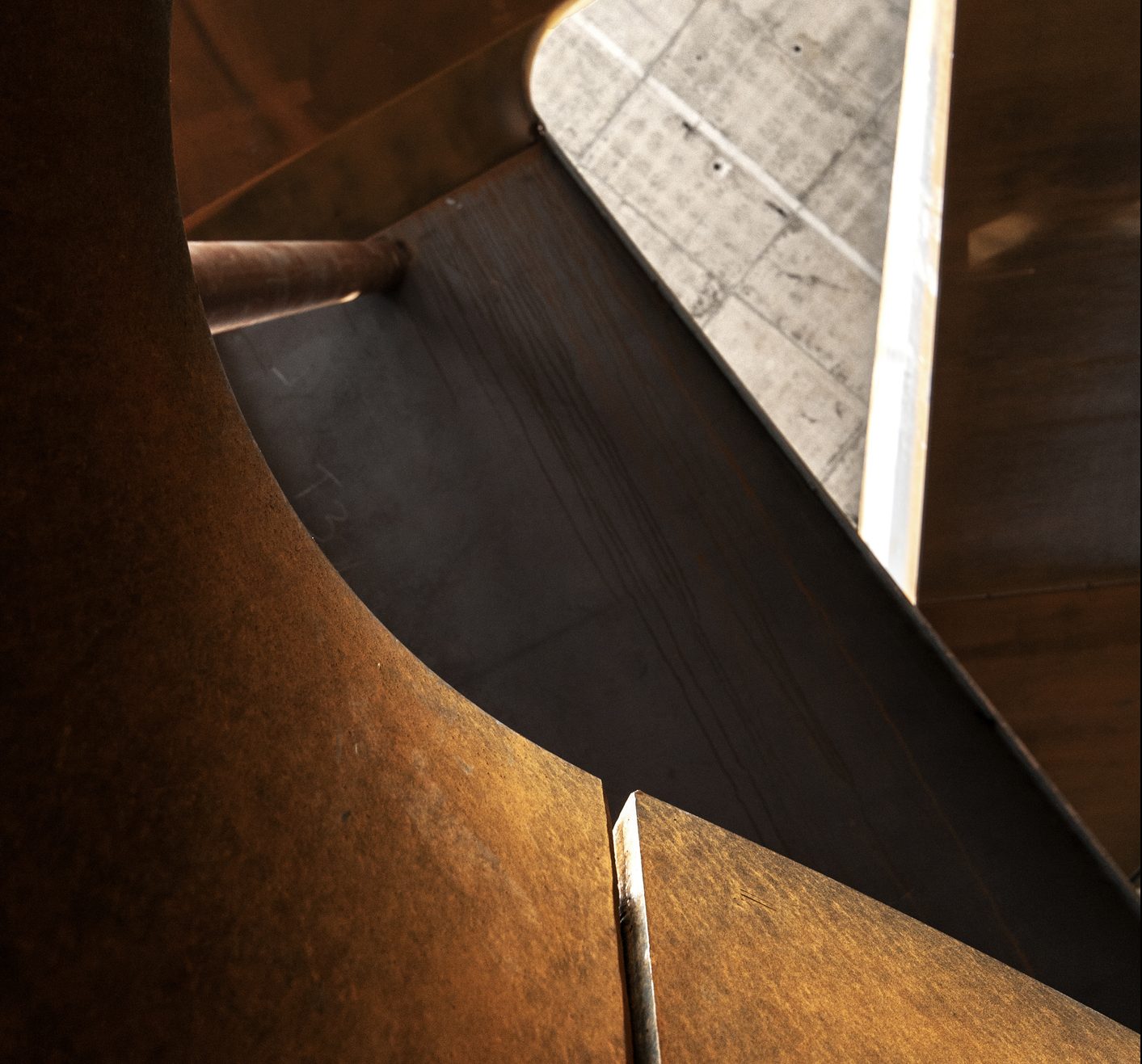The rust effect, otherwise known as the “corten effect“, with its industrial and vaguely retro appeal, has been one of the main trends in furnishings and decorating for years.
Corten is an alloy composed mainly of steel and copper, with the inclusion of other materials that increase CORrosion resistance and TENsile strength: exposed to air, this material oxidizes without corroding, covering itself with an eye-catching and characteristic rust-coloured patina.
Corten is perfect for outdoor elements such as fencing panels, furniture, planters, fountains and decorations. In recent years, thanks to new finishes that make it possible to get the effect without using the original material, Corten, or more precisely the Corten effect, has also won over interiors.
As a matter of fact, architects and designers have realized the tremendous aesthetic potential of this texture, which evokes post-industrial scenery and exploits the charm of time-worn natural materials.

Today, the market offers a number of alternatives to achieve the Corten effect for interiors: metallic paint, two-component enamels or oxidation-inducing coatings, applicable to any surface, from walls to floors, from window and door casings to furniture; there are also Corten effect synthetic panels and porcelain tiles on the market.
How to use Corten effect in decor?
Corten effect is ideal for coating and decorating the walls, which will become the real protagonists of the house: to make the best use of the decorative potential, solutions must be studied to enhance contrasts, for example between ancient and modern, or between different textures and colours of the surfaces and spaces that make up the rooms.
The Corten effect can also be used to emphasize lines and spaces, using it in doors, windows, open staircases, niches, and other spacial elements.
In the living room, you can point on a single wall covered in Corten, which can be the backdrop of a fireplace or a wall equipped to accommodate the TV, enhancing the lines and volumes. For the kitchen and dining room, you can think of using Corten for the flooring, obtained thanks to the many ceramic options that the market offers, or alternatively for the cabinet doors or the lower part of the kitchen walls.
In the bathroom, corten effect porcelain is ideal for the flooring, perhaps in combination with a floor-to-ceiling portion of a wall, to be chosen between the inside of the shower enclosure, behind the fixtures, behind the vanity, or, if present, behind the free standing bathtub: the contrast between the rough look of the covering and the smooth surface of the sanitary fixtures will exalt the lines and volumes of the latter, creating a captivating and scenic effect. In the bathroom you can even dare with a material effect console sink: captivating and protagonist, it will become the true focus of the space.

Graf-in Console in HPL, Mastella
The most appropriate colour combinations incorporate white, black, and all the shades of brown and gray.
And to complete the decor, feel free to use furniture and accessories with an industrial flavor: metal structure seating, tables and consoles, leather sofas, wooden furniture and old factory style rough metal lamps!




